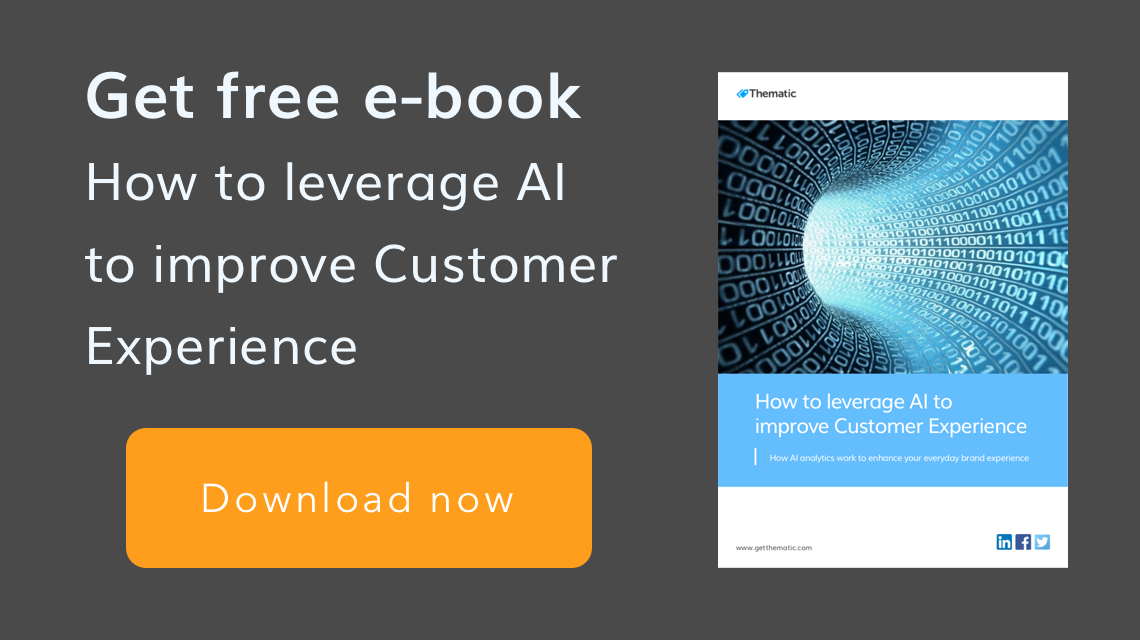
There are a few things you can build into your business model to simplify customer retention in the long term, apart from the obvious cross-sell and upsell opportunities.

There are a few things you can build into your business model to simplify customer retention in the long term, apart from the obvious cross-sell and upsell opportunities.
Somewhat easier to accomplish for service-based businesses ishaving a subscription model to support your retention strategy.This means a continuing stream of revenue without having to pay (either in time or resource) for new customer acquisition.
If you are selling a lower priced item, you can provide a lot of value for a low monthly or yearly subscription fee, and the great thing about this is that it makes people feel like they got a great deal.
It’s not a new concept but very impactful, so experiment around how you could adopt it for your business. Just look at Netflix and iTunes. These big players have all trained us to want easy access at low prices. This is now the norm and what we as consumers expect.
It’s a great way to make money over a period of time, as you’re consequently building a positive relationship with your customers. In this way, you can monetize the process much earlier than you could with a higher-ticket item. If you have a higher-priced service offering, perhaps look into how you could offer a self-service model at a lower price.
Take Amazon as an example. They charge a recurring subscription fee, and with this the customer is assured of certain benefits (free shipping, low prices, bulk packaging). Again, you’re decreasing the chances of your customers going to a competitor.
So, what happens when the monthly subscription model is not enough? And how do you get customers to renew their purchase? Provide even more incentives, great value offers and excellent content.
Basically, make it irresistible for a customer to join your subscription program (high value, low recurring cost) in the first place. Build trust over time by offering exceptional value and adding to your offering for the same price.
Over time, offer additional premium services that people will purchase more willingly because they now know, like and trust you. And, as before, a great customer experience throughout. We keep repeating this, but it’s simple: you can’t focus on renewing purchases in case the basic offering has faults or issues that your customers continually encounter.
A great example of a subscription business is Amazon Prime subscriptions to bolster the experience.
The Prime subscription model was initially created to bring customers faster delivery. Usually, a commodity-based organization wouldn’t implement a subscription service into their business model. Although generating a lot of controversy at the beginning, it quickly became popular with loyal shoppers on Amazon.
Now, new benefits have been added, like access to Amazon’s Instant Video platform, which is a great strategic move, adding more value to subscribers. The increase in purchases makes up for the loss of $1-2 billion in revenue yearly that Amazon is reported to have.
However, in order to improve customer retention, you don’t necessarily need to charge a fee for your subscription. Providing benefits in the form of exclusive content and access to events is another way to use the same strategy and get the benefit.
If you’re using this strategy, just make sure you’re offering something that your customers really want. A good way to know is social listening and asking your customers their interests in the form of a survey.
When devising your customer retention strategy, don’t forget about newly acquired customers.
It’s easy to think that onboarding is just that, a process for getting customers starting to use your product. In actual fact, it’s a crucial time when you’re setting your customer up for success.
If you can make the initial period the least painful and most enjoyable as possible for the customer, you should be half way there.
According to Lincoln Murphy (Customer Success Consultant and Keynote Speaker), onboarding is it’s done to ensure the customer achieves their desired outcome, and retention comes from that.
The first step is to figure out where they first get value (or the potential value) and achieve the goals that they had set out. If your product offering is more of a more complex nature, they can still have a “wow-moment” early on, even though they may not have achieved their final goal yet.
Remember that “the seeds of churn are planted early” (Lincoln Murphy). So, often, the customers that cancel or simply don’t renew often have issues early in on, in other words during the onboarding process. You’d be surprised how common it is that companies just close the sale and forget about it, although that’s actually when you want to start nurturing the relationship. It’s the honeymoon period!
This step by step process is especially suitable for service based customers, such as SaaS.
To help them succeed, you need to:Research the customer journey in terms of using your product to figure out:
Oftentimes, the issue is that companies simply don’t know what the customer’s desired outcome is. Alternatively, somewhere along the way, it may have slipped their mind that that’s the crucial thing to solve!
As an example, HubSpot executes the onboarding process beautifully by giving their customers access to a strategy kick-off call to outline what the customers goals are and devising a strategy to achieve them, and access to the Customer Success team straight away. In addition, they send a series of 6 emails outlining different steps of the set-up process (as it is a fairly complex product), breaking it down into different categories such as Technical Set up, Admin and so on.

Join the newsletter to receive the latest updates in your inbox.